Home>Articles>Why Does My Fireplace Smell Like Burning Plastic


Articles
Why Does My Fireplace Smell Like Burning Plastic
Modified: October 20, 2024
Discover articles about why your fireplace may emit a burning plastic smell. Understand the possible causes and find solutions to eliminate this unpleasant odor.
(Many of the links in this article redirect to a specific reviewed product. Your purchase of these products through affiliate links helps to generate commission for Storables.com, at no extra cost. Learn more)
Introduction
There’s nothing quite like cozying up by a crackling fireplace on a chilly evening. The warmth and ambiance can create a soothing atmosphere in any home. However, if you start to notice a distinct smell of burning plastic emanating from your fireplace, it can certainly be cause for concern.
A burning plastic smell in your fireplace is not only unpleasant, but it can also be indicative of a potential issue. Understanding the possible causes of this odor can help you identify and address the problem before it escalates.
In this article, we will explore the various reasons why your fireplace might smell like burning plastic and discuss the steps you can take to rectify the situation.
Key Takeaways:
- Eliminate the burning plastic smell in your fireplace by removing plastic objects, regular cleaning, and seeking professional inspection. Prioritize safety and enjoy a cozy, odor-free ambiance in your home.
- Prevent the burning plastic smell in your fireplace through proper ventilation, fuel choices, and maintenance. Take proactive measures to ensure a safe and enjoyable fireplace experience.
Possible Causes of a Burning Plastic Smell in a Fireplace
When you detect a burning plastic smell in your fireplace, it’s important to consider several potential causes. While some reasons may be straightforward and easily resolved, others may require professional assistance. Here are the most common reasons your fireplace may emit a burning plastic odor:
- Presence of Plastic Items in the Fire: Accidentally burning plastic wrappers, packaging materials, or other plastic items in your fireplace can release toxic fumes and produce a strong burning plastic smell. It’s crucial to be mindful of what you’re burning and avoid putting any plastic materials into the fire.
- Creosote Buildup: Creosote is a byproduct of burning wood that accumulates in the fireplace and chimney over time. If the creosote builds up excessively, it can emit a foul odor, including a burning plastic smell. Regular chimney maintenance, such as cleaning and inspection, can help prevent creosote buildup.
- Electrical Issues: Some fireplaces incorporate electrical components, such as fan motors or heating elements. If these components malfunction or overheat, they can emit a burning plastic odor. It’s crucial to check the electrical connections and components regularly and address any issues promptly.
- Improper Ventilation: Inadequate airflow in your fireplace can cause incomplete combustion of wood or other materials. This incomplete combustion can result in the production of unpleasant odors, including a burning plastic smell. Ensuring proper ventilation and an unrestricted airflow can help alleviate this issue.
- Burning of Synthetic Logs or Fire Starters: Synthetic logs and fire starters often contain binders and chemicals that can produce a burning plastic smell when ignited. If you frequently use these types of products in your fireplace, the smell may linger. Consider switching to natural firewood to avoid this issue.
- Malfunctioning Fireplace Components: A malfunctioning gas valve, igniter, or other components within the fireplace can lead to unusual smells, including the smell of burning plastic. If you suspect a malfunction, it’s best to contact a professional technician to inspect and repair the fireplace.
- Firebox Contamination: Over time, soot, ash, and other debris may accumulate in the firebox. If this buildup becomes excessive, it can produce a burning plastic odor when heated. Regular cleaning and maintenance of the firebox can help prevent this issue.
While these are the most common causes of a burning plastic smell in a fireplace, it’s important to note that each situation is unique. It’s essential to assess your specific circumstances and, if needed, seek professional advice to address the issue effectively.
Presence of Plastic Items in the Fire
Accidentally burning plastic items in your fireplace can not only create unpleasant odors but also pose serious health risks. Plastics release toxic fumes when burned, including dioxins and other harmful chemicals. These fumes can be harmful to both you and the environment.
Plastic materials, such as packaging wraps, bags, or containers, should never be tossed into the fire. Even small amounts of plastic can release a strong burning plastic smell that can permeate your home.
If you suspect that plastic items have been burned in your fireplace, it’s crucial to address the issue promptly. Here are the steps you can take:
- Remove the Plastic: If you can identify and access the plastic material, carefully remove it from the fire using fireplace tongs or heat-resistant gloves. Avoid touching the plastic directly to prevent burns.
- Ventilate the Area: Open windows and doors to allow fresh air to circulate and help remove any lingering fumes from the burning plastic. Use fans to facilitate air movement if necessary.
- Extinguish the Fire: If the plastic item was fully burned and the fire has not gone out, it’s best to extinguish it completely. Use a fire extinguisher or a non-flammable substance, such as sand or baking soda, to smother the flames. Avoid using water, as it can spread the melted plastic and potentially cause more damage.
- Clean the Fireplace: After the fire has been safely extinguished, carefully clean the fireplace to remove any remaining residue or ash from the burned plastic. Use a fireplace brush or vacuum specifically designed for fireplace use to minimize the risk of spreading the particles further.
- Inspect for Damage: Check the fireplace for any signs of damage caused by the burning plastic. Look for melted or warped components, discoloration, or unusual odors. If you notice any significant damage or concerns, consult a professional fireplace technician for a thorough inspection and possible repairs.
Remember, prevention is key when it comes to avoiding the presence of plastic items in your fireplace. Ensure that only appropriate materials, such as dry firewood, are used as fuel. Controlling what goes into the fire will help maintain a safe and enjoyable fireplace experience.
Creosote Buildup
Creosote buildup is a common issue in fireplaces and chimneys. Creosote is a sticky, tar-like substance that forms during the combustion process of burning wood. Over time, this residue can accumulate and harden on the walls of the chimney, leading to a range of problems, including a burning plastic smell.
When creosote buildup in the chimney interacts with the high temperatures produced by the fire, it can emit odors reminiscent of burning plastic. This smell can be especially strong when the fireplace is in use or when the creosote becomes heated.
Addressing creosote buildup is essential for both the functionality and safety of your fireplace. Here are some steps you can take to address this issue:
- Regular Chimney Cleaning: Schedule regular chimney cleanings by a professional chimney sweep. They will remove the creosote buildup, ensuring proper airflow and reducing the risk of a fire hazard. Ideally, it’s recommended to have the chimney cleaned at least once a year, although the frequency may vary depending on usage and the type of fireplace.
- Use Seasoned Firewood: Burning well-seasoned firewood can help minimize creosote buildup. Seasoned firewood has lower moisture content, reducing the amount of smoke and creosote produced during combustion. Avoid burning green or wet wood, as it tends to produce more creosote and increases the risk of buildup.
- Monitor Fireplace Usage: Avoid burning excessive amounts of unseasoned wood or using other materials that contribute to creosote buildup, such as paper, cardboard, or treated wood. Keeping your fires smaller and allowing them to burn completely will also help reduce creosote formation.
- Install a Creosote Control Product: There are creosote control products available on the market that can help break down and reduce the buildup of creosote. These products are typically added to the fire periodically to aid in the reduction of creosote formation, but it’s important to follow the manufacturer’s instructions carefully.
- Inspect the Chimney Cap: Ensure that your chimney has a properly functioning cap or spark arrestor to prevent debris, animals, and moisture from entering the chimney. A cap can help minimize the amount of creosote buildup.
Regular chimney maintenance and addressing creosote buildup will not only eliminate the burning plastic smell but also improve the efficiency and safety of your fireplace. Consider consulting a professional chimney sweep for comprehensive cleaning and maintenance to ensure optimal fireplace performance.
Electrical Issues
Some fireplaces incorporate electrical components, such as fan motors, heating elements, or control panels, to enhance functionality and convenience. However, if these electrical components malfunction or overheat, they can produce a distinct burning plastic smell.
Electrical issues can stem from various factors, including faulty wiring, damaged components, or excessive heat buildup. It’s crucial to address electrical problems promptly to prevent further damage and ensure the safety of your fireplace. Here are some steps you can take to address potential electrical issues:
- Inspect the Electrical Connections: Start by checking the electrical connections of your fireplace. Ensure that all wiring connections are secure and intact. Look for any loose or frayed wires, as these can be potential fire hazards. If you notice any signs of damage, consult an electrician to repair or replace the affected components.
- Check for Overheating: Excessive heat buildup within the electrical components can lead to a burning plastic smell. Feel the area around the electrical components, such as fan motors or heating elements, while the fireplace is in use. If you notice an unusually high amount of heat or burning odors, it’s essential to have the affected parts inspected and repaired by a professional technician.
- Ensure Proper Ventilation: Inadequate ventilation can contribute to excessive heat buildup and electrical issues. Check that the vents and air intake openings of your fireplace are clear and unobstructed. Proper airflow is crucial to dissipate heat and maintain safe operating temperatures.
- Follow Manufacturer’s Guidelines: Refer to the manufacturer’s guidelines and recommendations for operating and maintaining your particular fireplace model. Adhering to these guidelines will help prevent electrical issues and ensure the longevity of your fireplace system. Seek professional assistance if you are unsure about any specific maintenance requirements or safety precautions.
- Seek Professional Inspection: If you suspect an electrical issue or are unable to identify the source of the burning plastic smell, it’s best to contact a qualified technician. They will be able to conduct a thorough inspection, identify any electrical problems, and recommend the necessary repairs or adjustments to ensure safe and reliable operation of your fireplace.
When it comes to electrical issues, it’s crucial to prioritize safety and consult professionals for assistance. Avoid attempting to repair or modify electrical components if you do not have the necessary expertise. Trusting experienced technicians will help maintain the integrity of your fireplace system and eliminate the burning plastic smell caused by electrical problems.
Read more: Why Does My Air Fryer Smell Like Plastic
Improper Ventilation
Proper ventilation is essential for any fireplace to operate efficiently and safely. When there is inadequate ventilation, it can lead to incomplete combustion, which can result in the production of unusual odors, including a burning plastic smell.
Several factors can contribute to improper ventilation in your fireplace. Identifying and addressing these issues will help eliminate the burning plastic smell and ensure optimal airflow. Here are some steps you can take to address ventilation problems:
- Check the Damper: The damper is a device located at the top of the fireplace flue that controls airflow. Make sure that the damper is fully open while the fireplace is in use. A partially closed or malfunctioning damper can restrict airflow, leading to inadequate ventilation and the associated burning plastic odor.
- Clear Obstructions: Ensure that the chimney and flue are free from any obstructions, such as bird nests, leaves, or debris. Obstructions can impede the flow of air and result in poor ventilation. Regularly inspect and clean the chimney to prevent blockages.
- Consider External Factors: Factors external to the fireplace, such as weather conditions or nearby obstructions, can affect the ventilation. Strong winds or buildings obstructing the chimney can disrupt the airflow, causing inadequate ventilation and the burning plastic smell. If these external factors persist, consult a professional to explore potential solutions.
- Install a Chimney Cap: A chimney cap can help prevent debris, animals, and other foreign objects from entering the chimney. It also assists in directing airflow and preventing downdrafts that can cause poor ventilation. If your fireplace does not have a chimney cap, consider installing one to improve ventilation.
- Consult a Professional: If you continue to experience ventilation issues and the associated burning plastic smell, it’s advisable to consult a professional technician. They can conduct a thorough inspection of your fireplace and chimney, identify any underlying problems, and provide appropriate solutions to improve ventilation.
Proper ventilation is critical not only for eliminating the burning plastic smell but also for the safety and efficiency of your fireplace. Take the necessary steps to ensure that your fireplace has sufficient airflow and consult professionals for assistance in resolving ventilation issues.
Burning of Synthetic Logs or Fire Starters
Synthetic logs and fire starters are popular options for quickly and conveniently igniting a fire in a fireplace. While they can provide ease and efficiency, these products often contain binders, chemicals, and wax that can emit a burning plastic smell when burning.
If you frequently use synthetic logs or fire starters in your fireplace, the smell of burning plastic may linger even after the fire has extinguished. Here are some steps you can take to address this issue:
- Switch to Natural Firewood: Consider using natural firewood instead of synthetic logs or fire starters. Natural firewood produces a more traditional and pleasant aroma when burned compared to synthetic materials. Ensure that the firewood is seasoned and free from any chemical treatments.
- Allow Complete Combustion: Ensure that the synthetic logs or fire starters are fully burnt before extinguishing the fire. Incomplete combustion can lead to the release of residual odors. Allow the fire to burn out completely so that any remaining chemicals or binding agents are fully consumed.
- Properly Ventilate: Ensure that your fireplace and the surrounding area are well-ventilated while burning synthetic logs or fire starters. Open windows or doors to allow fresh air to circulate and help dissipate any lingering smells. Using fans or ventilation systems can also aid in improving air circulation.
- Clean the Fireplace: After burning synthetic logs or fire starters, clean the fireplace thoroughly to remove any residue or ash. Use a fireplace brush or vacuum designed specifically for fireplace use. This will help eliminate any remaining odors and prepare the fireplace for future use with natural firewood.
- Consider Alternative Fire Starting Methods: Explore alternative fire starting methods, such as using newspaper, kindling, or natural firelighters made from organic materials. These options can reduce the likelihood of a burning plastic smell since they do not contain synthetic additives or chemicals.
By switching to natural firewood and taking the necessary precautions, you can minimize and eliminate the burning plastic smell associated with synthetic logs or fire starters. Remember to prioritize proper ventilation and cleaning to maintain a pleasant and enjoyable fireplace experience.
Ensure that you are burning only seasoned firewood in your fireplace, as burning plastic or other non-wood materials can create a strong, unpleasant odor. Regular chimney cleaning and inspection can also help prevent any lingering smells.
Malfunctioning Fireplace Components
A malfunctioning fireplace component can be a potential cause of the burning plastic smell in your fireplace. Various parts within the fireplace system, such as the gas valve, igniter, or fans, can malfunction and emit unusual odors, including the smell of burning plastic.
If you suspect that a specific component within your fireplace is not functioning correctly, it’s crucial to address the issue promptly to prevent further damage and ensure the safe operation of your fireplace. Here are some steps you can take to address malfunctioning fireplace components:
- Perform Visual Inspection: Carefully examine the different components of your fireplace, such as the gas valve, igniter, and fans. Look for any visible signs of damage, loose connections, or broken parts. If you notice any abnormalities, it’s best to consult a professional technician for a thorough inspection and repair.
- Check for Gas Leaks: If you have a gas fireplace and suspect that the burning plastic smell is associated with a gas leak, it’s vital to take immediate action. If you smell gas or suspect a leak, turn off the gas supply to the fireplace, open windows and doors to ventilate the area, and evacuate the premises. Contact your gas company and a professional technician to address the gas leak and conduct any necessary repairs.
- Consult a Professional Technician: Fireplace systems can be complex, and attempting to repair or replace components yourself may lead to further damage or safety hazards. It’s advisable to consult a qualified fireplace technician who has the expertise and knowledge to diagnose the issue accurately and perform the necessary repairs or replacements.
- Regular Maintenance: To prevent potential malfunctions, schedule regular maintenance for your fireplace. This can involve professional inspections and cleanings, ensuring that all components are in good working condition. Regular maintenance helps identify and address any issues before they escalate and cause significant problems.
- Follow Manufacturer’s Recommendations: Adhere to the manufacturer’s guidelines and recommendations for operating and maintaining your specific fireplace model. Following these guidelines will help ensure the longevity and optimal performance of your fireplace. If you are unsure of any maintenance procedures or safety precautions, consult a professional technician for guidance.
It’s essential not to ignore a burning plastic smell that may be caused by malfunctioning fireplace components. Promptly addressing the issue by consulting professionals will help identify and rectify the problem, ensuring the safe and efficient operation of your fireplace.
Firebox Contamination
The firebox of your fireplace is the area where the wood or fuel is burned. Over time, the firebox can accumulate soot, ash, and other debris. If this buildup becomes excessive, it can produce a burning plastic smell when heated.
Firebox contamination can occur due to incomplete combustion, the presence of foreign objects, or the use of inappropriate materials as fuel. Here are some steps you can take to address firebox contamination:
- Clean the Firebox: Regularly clean the firebox to remove any soot, ash, or debris. Use a fireplace shovel and brush to sweep away the ashes and deposit them in a metal container. Wipe down the interior of the firebox with a damp cloth to remove any remaining residue or buildup.
- Be Mindful of Fuel: Be mindful of the type of fuel you use in your fireplace. Avoid burning materials that can contribute to excessive residue, such as wet or treated wood, cardboard, or paper containing colored ink. Stick to dry, seasoned firewood or other recommended fuels to minimize firebox contamination.
- Optimize Firewood Burning: Ensure that the wood you burn is properly seasoned and dry. Wet or unseasoned firewood tends to produce more smoke and can contribute to increased firebox contamination. Properly seasoned firewood burns more cleanly and reduces the accumulation of residue.
- Consider a Fireplace Grate: Using a grate or fireproof mat in the firebox can help elevate the wood and allow for better airflow. This can promote more complete combustion and reduce the amount of ash and residue produced.
- Inspect for Damaged Components: Inspect the firebox for any signs of damage, such as cracks or deterioration. Damaged firebox components can contribute to poor combustion and increased residue buildup. If you notice any significant damage, consult a professional technician for a thorough inspection and possible repairs.
Maintaining a clean firebox and being mindful of the fuel you use can help minimize firebox contamination and prevent the burning plastic smell associated with excessive residue. Regular cleaning and proper fuel selection will not only improve the aesthetics and odor of your fireplace but also contribute to its overall efficiency.
How to Address the Burning Plastic Smell
Experiencing a burning plastic smell in your fireplace can be concerning, but fortunately, there are steps you can take to address this issue. Here are some effective measures to eliminate the burning plastic smell:
- Removal of Plastic Objects: If you suspect that plastic items have been accidentally burned in your fireplace, it’s important to remove them immediately. Carefully use fireplace tongs or heat-resistant gloves to take out any plastic materials from the fire. Avoid direct contact with the plastic to prevent burns.
- Clean and Maintain: Regular cleaning and maintenance of your fireplace are essential. Clean the firebox, chimney, and other fireplace components to remove any soot, ash, or residue that can contribute to the burning plastic smell. Use appropriate tools and cleaning products to ensure thorough and safe cleaning.
- Professional Inspection: If you are unable to identify the cause of the burning plastic smell or if the smell persists, it’s advisable to seek professional assistance. A skilled technician can conduct a comprehensive inspection of your fireplace, chimney, and components to identify any underlying issues and provide appropriate solutions.
- Ensure Proper Ventilation: Check the airflow in your fireplace to ensure proper ventilation. Inadequate ventilation can result in incomplete combustion and the production of unpleasant odors. Open windows or doors to facilitate fresh air circulation and consider installing a chimney cap to enhance airflow while preventing debris from entering.
- Monitor Fuel Choices: Be mindful of the types of fuel you use in your fireplace. Avoid burning plastic, synthetic materials, or treated wood, as they can release toxic fumes and contribute to the burning plastic smell. Stick to natural firewood that has been properly seasoned for optimal burning and minimal odor.
- Repair or Replace Malfunctioning Components: If you suspect that a specific component in your fireplace is malfunctioning and causing the burning plastic smell, it’s essential to address the issue promptly. Consult a professional technician to diagnose the problem and determine if any repairs or replacements are necessary.
- Preventive Measures: To avoid future occurrences of the burning plastic smell, practice preventive measures. This includes proper disposal of plastic materials, regular chimney cleanings, using natural firewood, and following manufacturer’s guidelines for fireplace maintenance and operation.
Remember, it’s essential to prioritize safety and seek professional guidance if you are uncertain about any aspect of addressing the burning plastic smell in your fireplace. By taking the necessary steps and maintaining your fireplace properly, you can enjoy a clean and odor-free fire experience.
Removal of Plastic Objects
Discovering plastic objects in your fireplace can lead to the emission of a strong burning plastic smell. When plastic materials are burned, they release toxic fumes that can be harmful to both your health and the environment. It is crucial to promptly remove any plastic objects from your fireplace to eliminate the burning plastic smell and prevent further damage. Here are the steps to effectively remove plastic objects:
- Do Not Use Bare Hands: When dealing with plastic objects in your fireplace, always prioritize safety. Never touch the plastic directly with your bare hands, as it can cause burns. Instead, use fireplace tongs or heat-resistant gloves to handle the plastic items and safely remove them from the fire.
- Allow the Fire to Cool: Before attempting to remove the plastic objects, ensure that the fire has cooled down. This will minimize the risk of burns and reduce the likelihood of spreading melted plastic in the fireplace or surrounding areas.
- Control the Fire: If the plastic objects are still burning, take steps to extinguish the fire in a safe manner. Avoid using water, as it can cause the melted plastic to splatter and potentially spread the fire. Instead, use a fire extinguisher or a non-flammable substance, such as sand or baking soda, to smother the flames.
- Use Fireplace Tongs or Gloves: Once the fire is extinguished and the plastic objects are no longer burning, carefully grasp the plastic items with fireplace tongs or heat-resistant gloves. Be cautious not to touch any hot surfaces or inadvertently drop the plastic, as it could cause additional damage or re-ignite combustion.
- Place the Plastic in a Metal Container: After removing the plastic from the fireplace, place it in a non-combustible, metal container. This will prevent the plastic from spreading or causing further damage. Allow the plastic to cool completely before disposing of it properly.
- Ventilate the Area: Opening windows and doors can enhance airflow and help dissipate any remaining odor from the burned plastic. You can also use fans or ventilation systems to assist in circulating fresh air throughout the space.
- Clean the Fireplace: Once the plastic objects have been removed and the area is well-ventilated, it’s crucial to clean the fireplace thoroughly. Use a fireplace brush or vacuum specifically designed for fireplace use to remove any remaining residue or ash from the burned plastic. Pay close attention to the firebox, grate, and surrounding surfaces.
- Monitor for Damage: After the cleanup process, inspect the fireplace for any signs of damage caused by the burned plastic. Look for melted or warped components, discoloration, or unusual odors. If you notice any significant damage or concerns, consult a professional fireplace technician for a thorough inspection and possible repairs.
By following these steps, you can safely remove plastic objects from your fireplace and prevent the burning plastic smell from lingering. Remember, prevention is key, so always be cautious about what you burn in your fireplace and never dispose of plastic materials in the fire.
Cleaning and Maintenance
Regular cleaning and maintenance of your fireplace are essential not only for the elimination of the burning plastic smell but also for the overall performance and longevity of the system. Here are some key steps to follow when it comes to cleaning and maintaining your fireplace:
- Remove Ash and Debris: Regularly remove the accumulated ash and debris from the firebox. Use a fireplace shovel or brush to scoop out the ash, making sure it is completely cold before disposal. Empty the ash into a non-combustible container and dispose of it in accordance with local regulations.
- Wipe Down Surfaces: Use a damp cloth or sponge to wipe down the interior and exterior surfaces of the fireplace. This will help remove any soot or residue that may contribute to the burning plastic smell. Be sure to use a non-abrasive cleaner suitable for your specific type of fireplace materials.
- Clean the Chimney: Schedule regular chimney cleanings by a professional chimney sweep. They will remove any creosote buildup, animal nests, or debris that can hinder ventilation and contribute to the burning plastic smell. Aim for at least an annual cleaning, although more frequent cleanings may be necessary depending on usage and the type of fuel used.
- Check the Chimney Cap and Spark Arrestor: Ensure that your chimney has a functioning cap and spark arrestor. The cap prevents debris, animals, and moisture from entering the chimney, while the spark arrestor helps prevent sparks from igniting nearby combustible materials. Regularly inspect these components and clean or repair them as necessary.
- Inspect and Clean Vents: Check the vents and air intake openings of your fireplace for any obstructions. Use a vacuum or a soft brush to remove any dirt, dust, or debris that may hinder proper airflow. Clear vents contribute to better combustion and ventilation, reducing the chances of a burning plastic smell.
- Inspect Gas Lines (if applicable): If you have a gas fireplace, inspect the gas lines regularly to ensure there are no leaks or damages. Check for any loose or damaged connections and promptly address any issues. If you suspect a gas leak, turn off the gas supply and contact a professional technician immediately.
- Follow Manufacturer’s Guidelines: Refer to the manufacturer’s instructions and guidelines specific to your fireplace model. Adhere to recommended maintenance procedures, such as filter replacements, lubrication of moving parts, and inspection of electrical components. Following these guidelines will help keep your fireplace in optimal condition and prevent potential issues.
- Consult a Professional Technician: If you are unsure about any cleaning or maintenance tasks or if you are experiencing persistent issues, seek assistance from a professional technician. They have the expertise to conduct thorough inspections, identify underlying problems, and provide appropriate solutions.
Regular cleaning and proper maintenance are vital for a clean and well-functioning fireplace. By following these steps and ensuring a clean and well-maintained fireplace, you can eliminate the burning plastic smell and enjoy the warmth and comfort it provides.
Professional Inspection
When dealing with a burning plastic smell in your fireplace that persists despite your best efforts, it is advisable to seek the expertise of a professional technician. A thorough inspection conducted by a trained professional can help identify the root cause of the issue and provide appropriate solutions. Here are the key advantages of a professional inspection:
- Accurate Diagnosis: A professional technician has the knowledge and experience to accurately diagnose the source of the burning plastic smell in your fireplace. They can identify any underlying issues, such as malfunctioning components or hidden plastic objects, that may not be apparent to an untrained eye.
- Comprehensive Examination: During a professional inspection, the technician will conduct a comprehensive examination of your fireplace, chimney, and related components. They will check for any signs of damage, blockages, creosote buildup, or ventilation issues that may be contributing to the burning plastic smell. This thorough assessment ensures that no potential problems are overlooked.
- Expert Solutions: With their expertise, a professional technician can recommend appropriate solutions to address the burning plastic smell. Whether it requires repairing or replacing malfunctioning components, removing creosote buildup, improving ventilation, or implementing preventive measures, they can provide expert advice tailored to your specific situation.
- Promotes Safety: A professional inspection not only helps eliminate the burning plastic smell but also ensures the safety of your fireplace. They will assess the condition of gas lines (if applicable), check for leaks, and verify that all components are operating correctly. This promotes safe fireplace usage and minimizes the risk of fire hazards or health concerns.
- Preventative Maintenance: In addition to addressing the immediate issue, a professional inspection can also help identify potential problems before they escalate. By catching and resolving issues early on, you can avoid costly repairs and ensure the continued functionality of your fireplace.
- Certified and Licensed Professionals: When hiring a professional technician, look for certifications and licenses that demonstrate their qualifications and adherence to industry standards. This ensures that the inspection is conducted by a reputable and knowledgeable individual who will provide reliable recommendations and services.
By investing in a professional inspection, you can gain peace of mind knowing that the burning plastic smell in your fireplace will be accurately diagnosed and properly addressed. It is an effective step towards maintaining a safe, efficient, and enjoyable fireplace experience.
Read more: Why Does My Gas Fireplace Smell Like Gas
Conclusion
A burning plastic smell in your fireplace can be a cause for concern, but with the right knowledge and actions, you can address and eliminate this issue. Understanding the potential causes, such as the presence of plastic objects, creosote buildup, electrical issues, improper ventilation, burning synthetic logs or fire starters, malfunctioning components, or firebox contamination, is key to resolving the problem.
Taking proactive steps to address the burning plastic smell is essential for both your comfort and safety. Removing any plastic objects, cleaning and maintaining your fireplace, getting a professional inspection, and following manufacturer’s guidelines are integral to resolving the issue and preventing future occurrences.
Remember, safety should always be a priority. If you suspect a gas leak, turn off the gas supply and seek professional assistance immediately. Additionally, when in doubt or unable to identify the cause of the burning plastic smell, consult a professional technician who can accurately diagnose the issue and provide appropriate solutions.
By implementing these recommendations, you can enjoy a clean, odor-free, and well-functioning fireplace. Regular maintenance, proper usage, and adherence to safety guidelines will help ensure a cozy and enjoyable ambiance in your home, free from the unpleasant burning plastic smell.
Once you've tackled the mystery of a burning plastic smell from your fireplace, consider the ongoing health of your gas fireplace as well. Regular upkeep ensures safety and efficiency during those cozy nights by the fire. Dive into our guide on keeping your gas unit in top shape. You'll learn valuable strategies that prevent common hazards and extend the lifespan of your fireplace.
Frequently Asked Questions about Why Does My Fireplace Smell Like Burning Plastic
Was this page helpful?
At Storables.com, we guarantee accurate and reliable information. Our content, validated by Expert Board Contributors, is crafted following stringent Editorial Policies. We're committed to providing you with well-researched, expert-backed insights for all your informational needs.


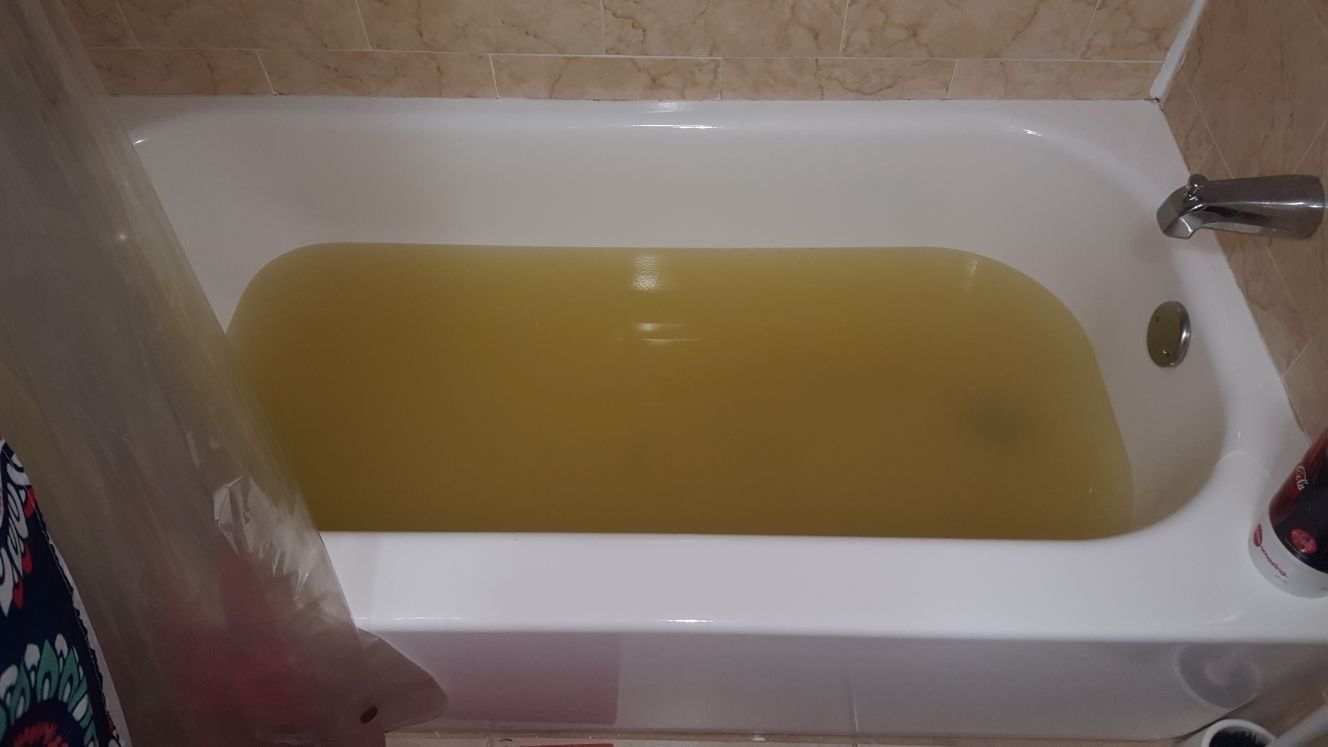

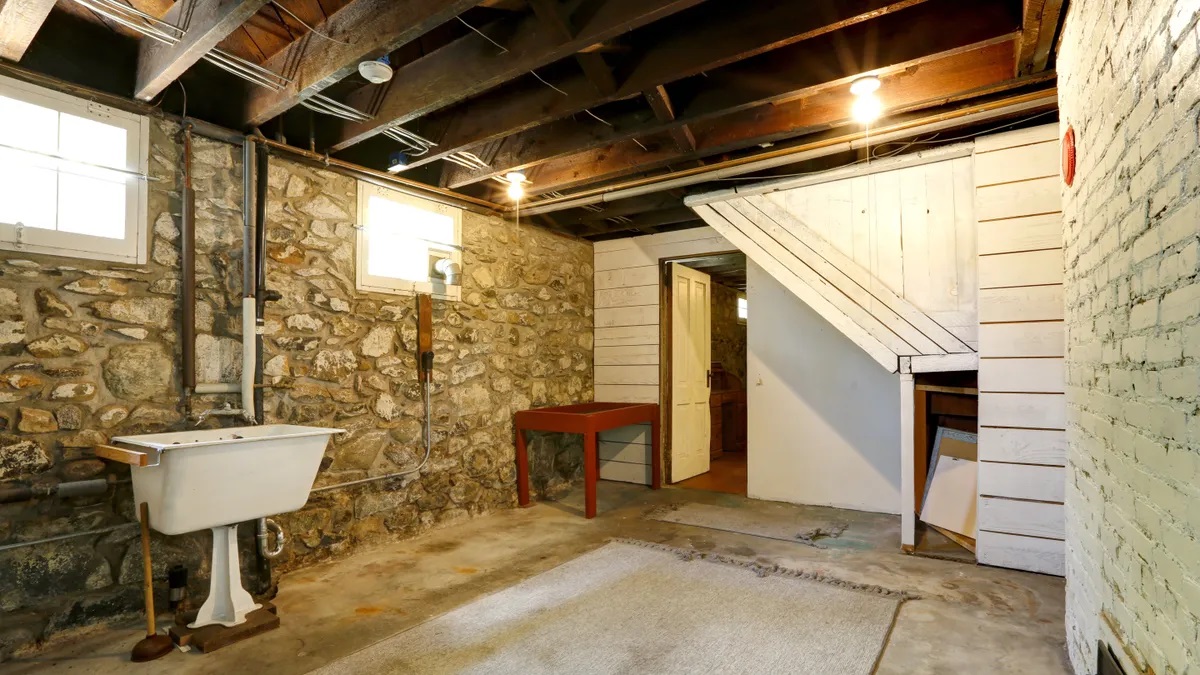
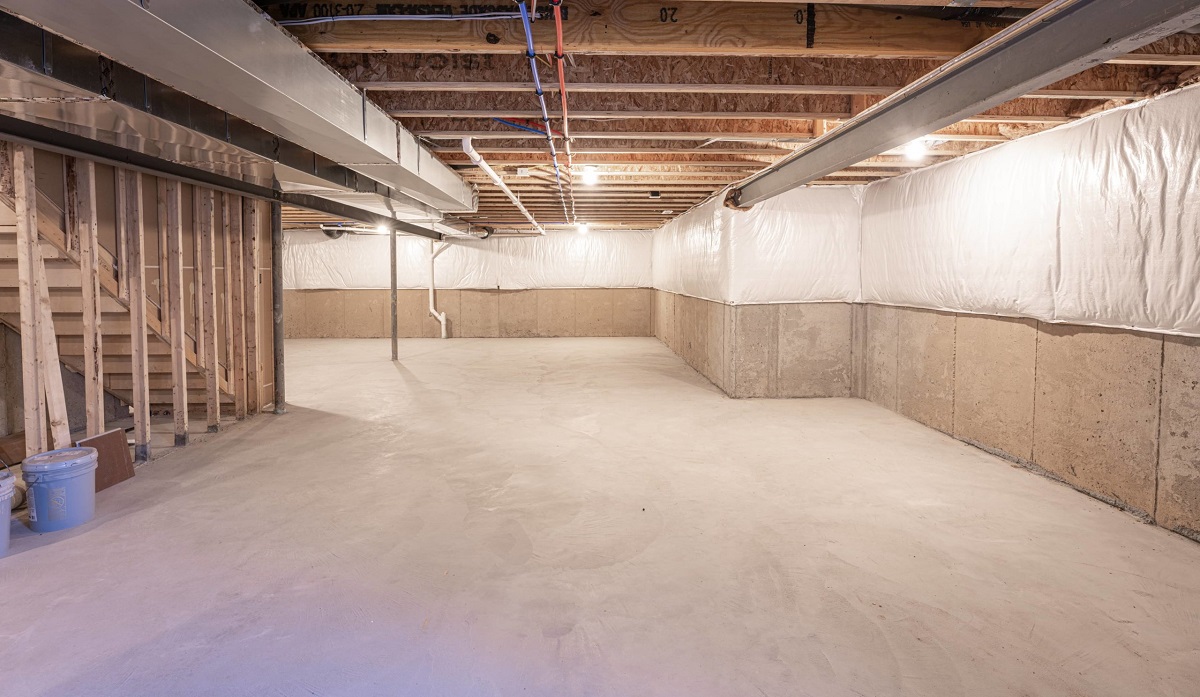
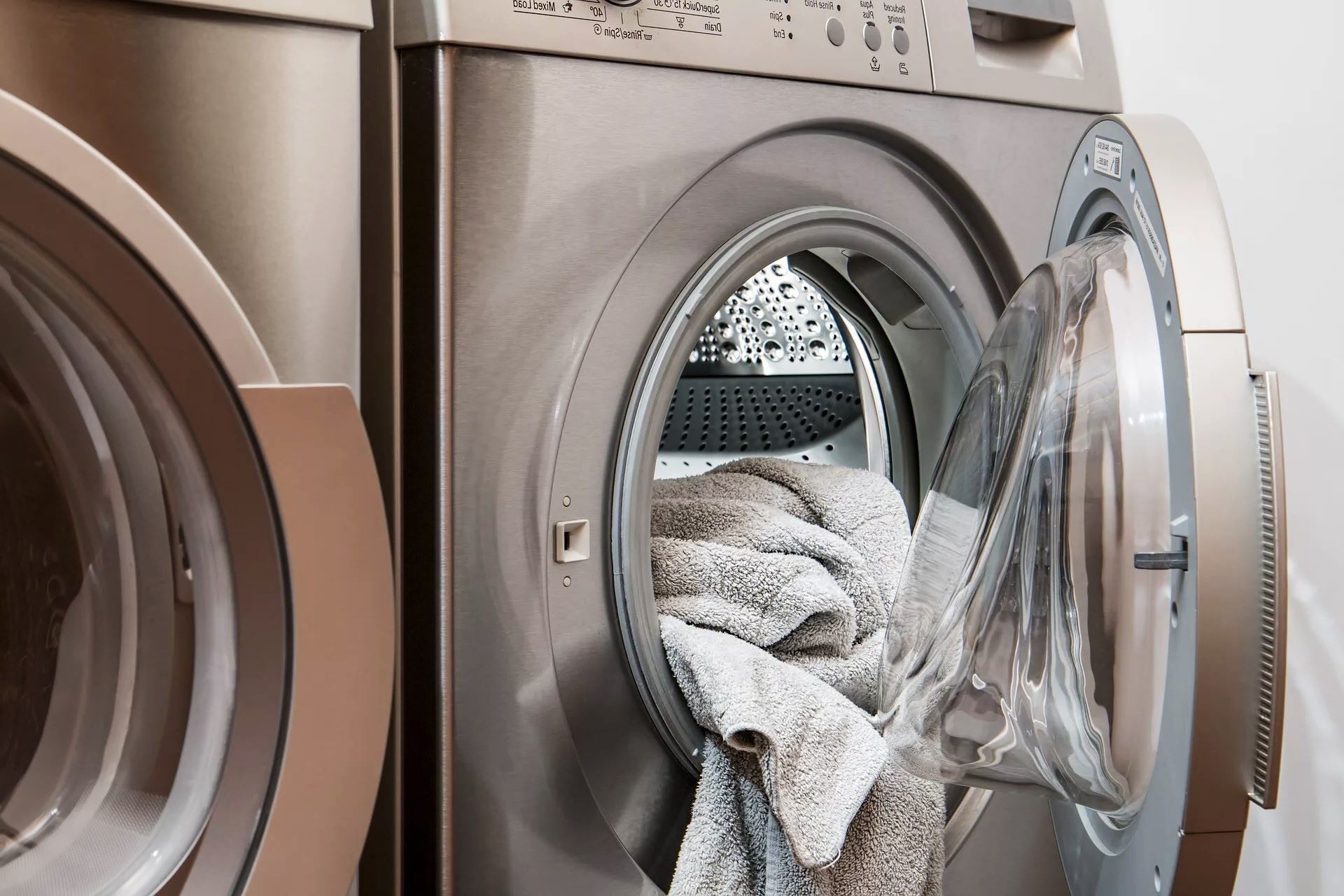
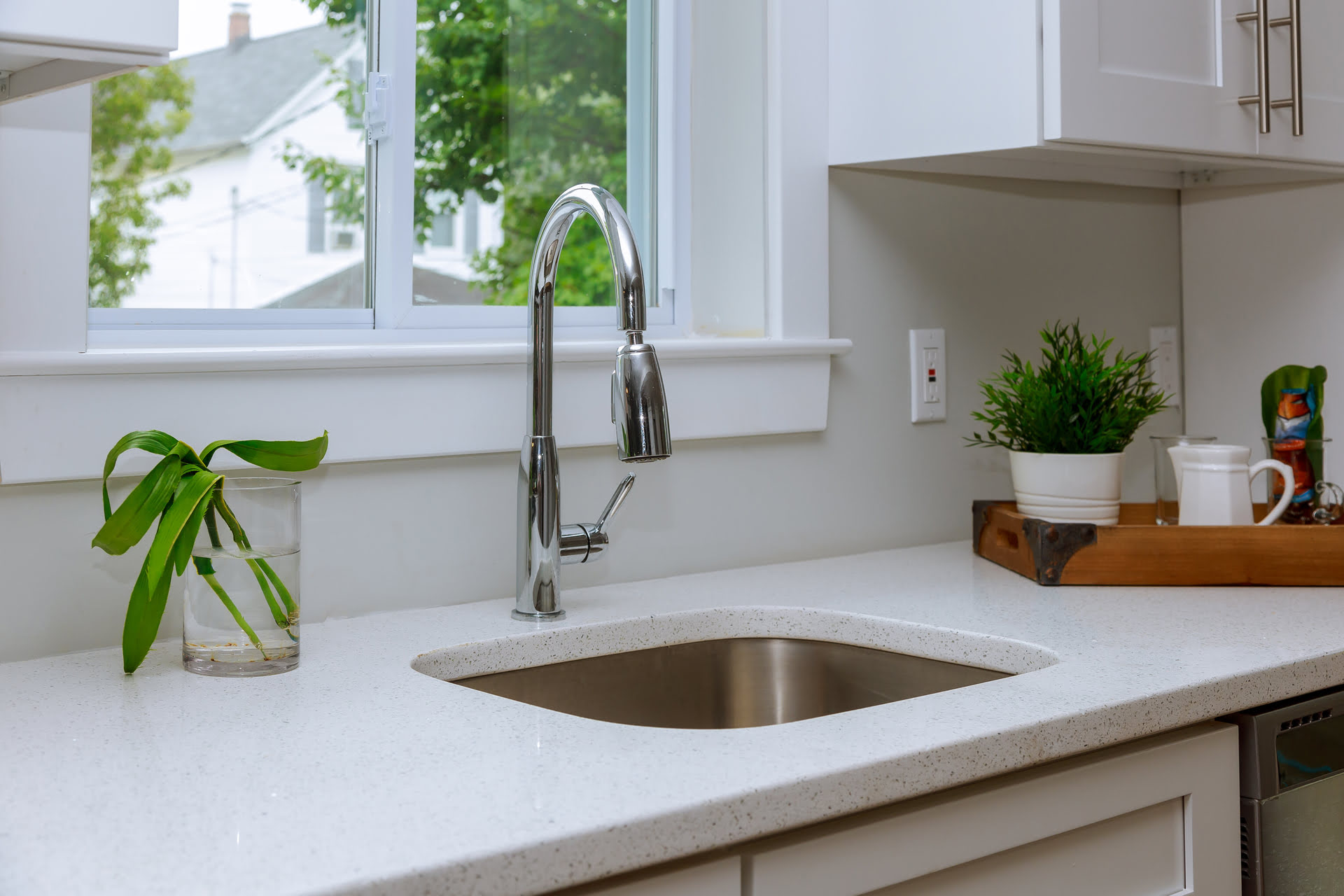

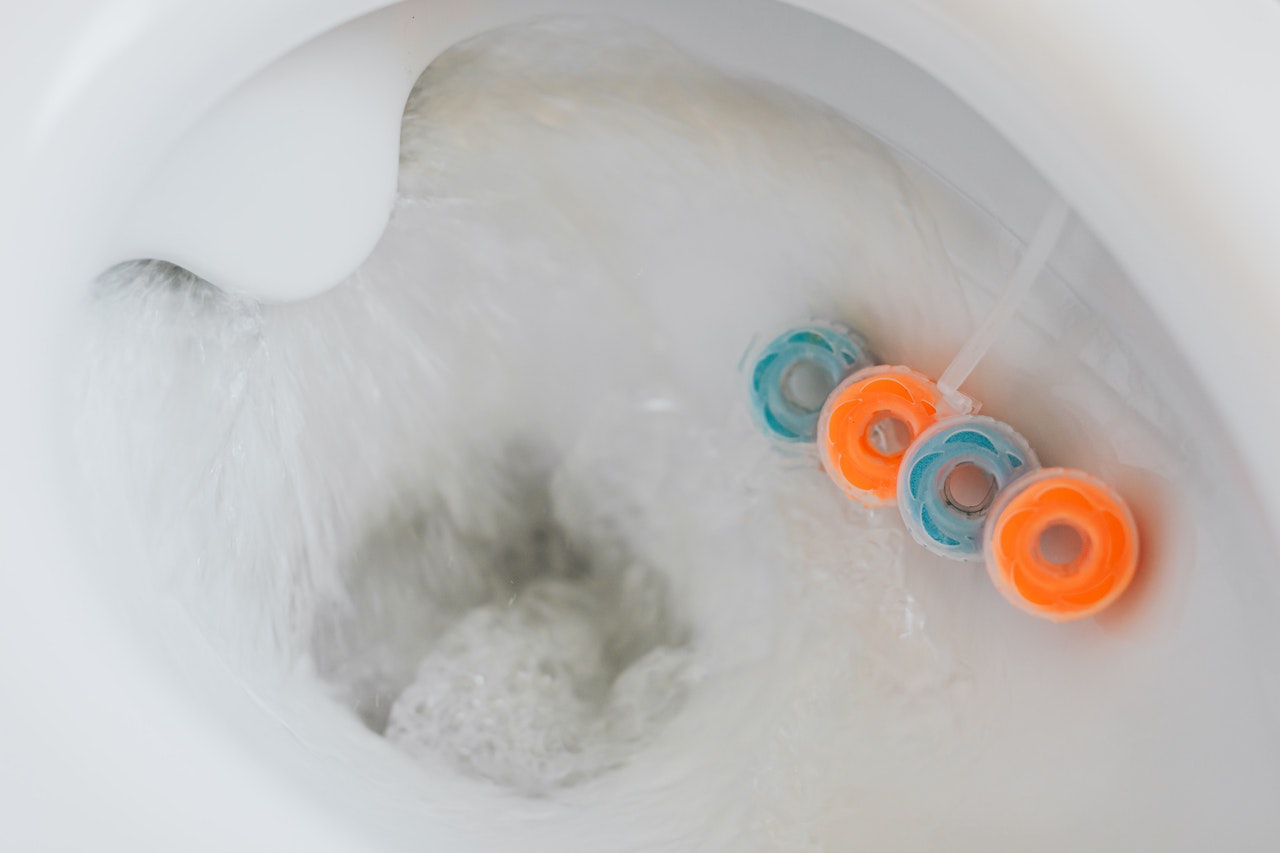
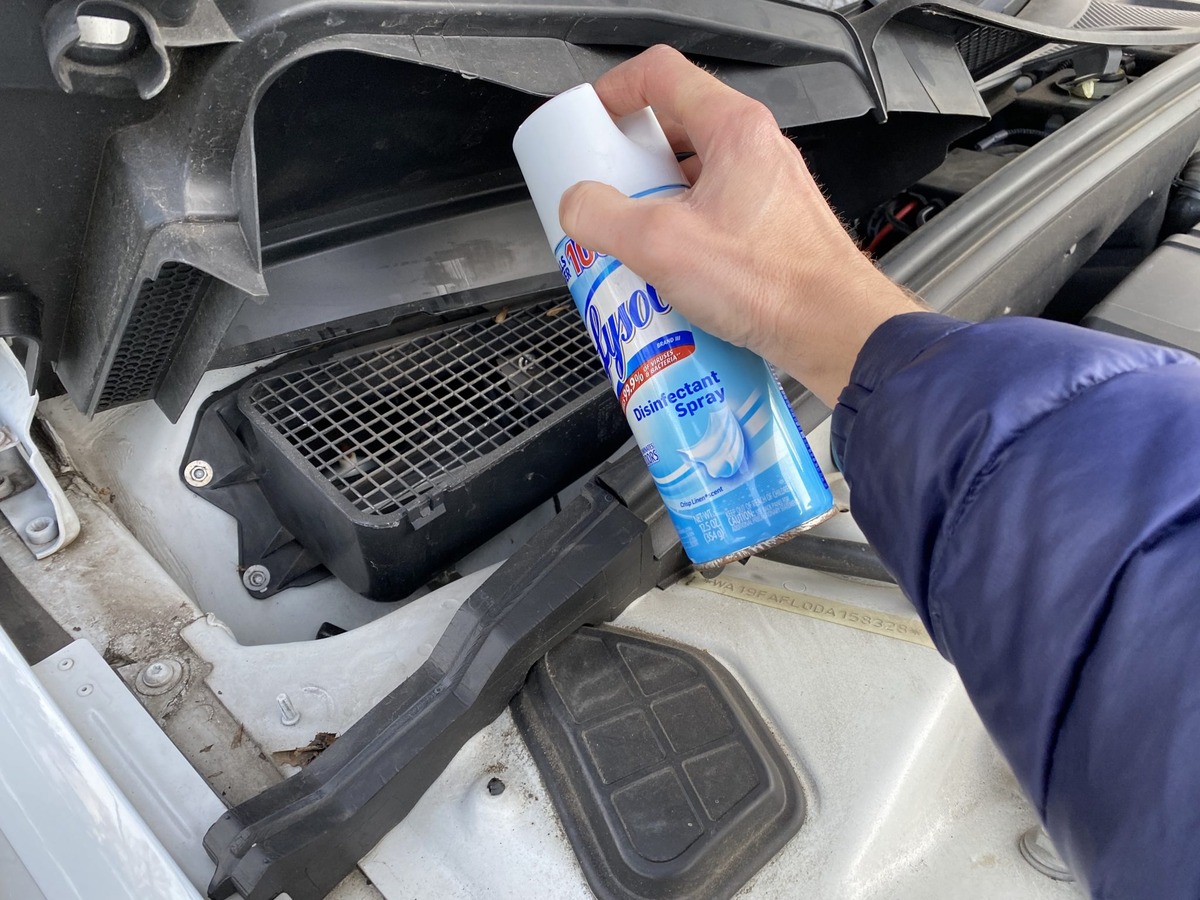


0 thoughts on “Why Does My Fireplace Smell Like Burning Plastic”